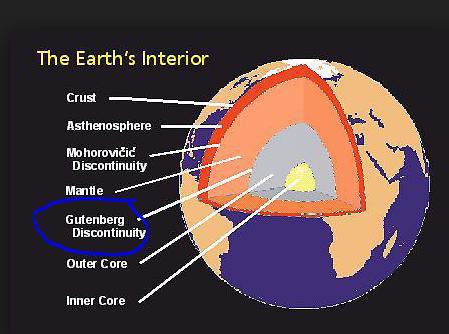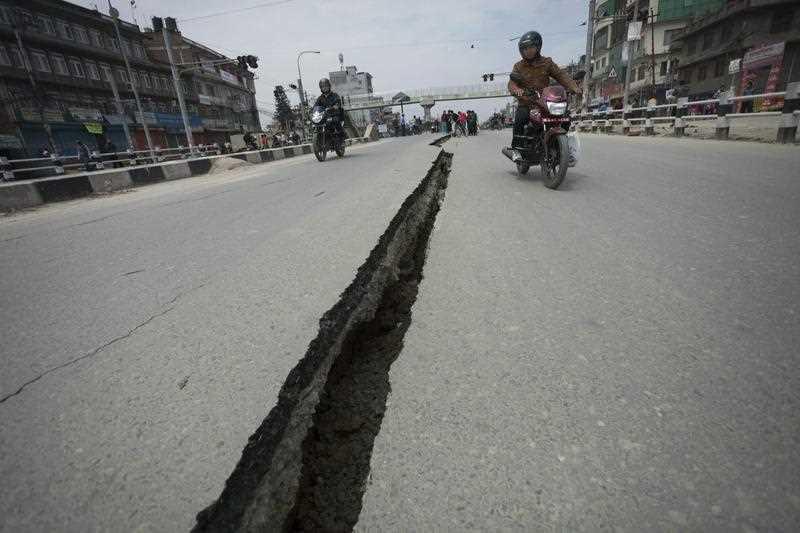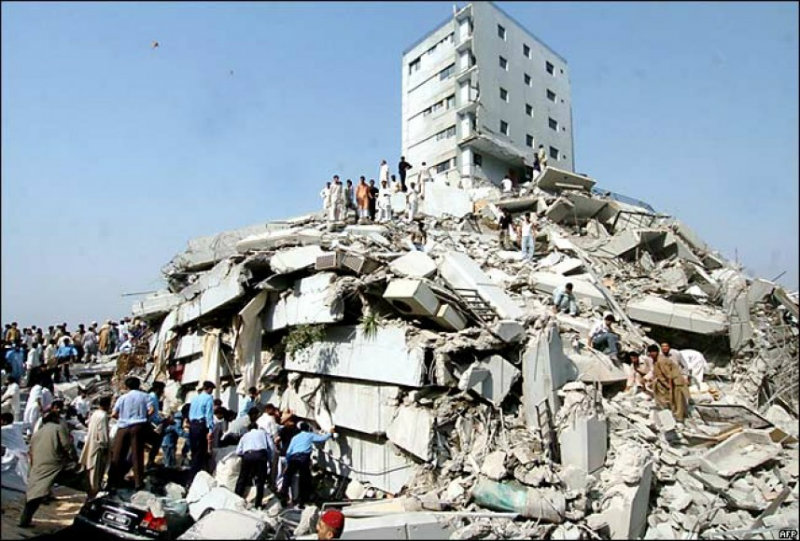LOS ANGELES – As Pakistan is marking 11th anniversary of the devastating earthquake of October 8, 2005, a study has revealed that earthquakes can penetrate much deeper than previously thought.
Scientists in US state of California have found that earthquakes can occur much deeper below the Earth’s surface than originally believed, a discovery that alters their understanding of seismic behavior and potential risks.
Seismologists have long believed that earthquakes occur less than 12 to 15 miles underground in the planet’s brittle, rocky crust. But new research has found evidence of quakes deeper than 15 miles under the surface, in the upper mantle, an area where the rock is so hot that it is no longer brittle but creeps, moving around like an extremely hard honey.

Three scientists at Caltech in Pasadena studied data collected over six months from 5,000 state-of-the-art sensors installed in Long Beach atop the Newport-Inglewood fault, one of the most dangerous in the Los Angeles Basin and which caused the magnitude 6.4 Long Beach earthquake of 1933.
The findings, detailed in the journal Science, have implications for earthquake prediction and risk assessment models.
In 2012, a magnitude 8.6 earthquake struck the Indian Ocean, violently shaking Indonesia. Researchers didn’t think such a massive earthquake was possible. The latest findings may help explain how a fault system can produce such a behemoth.

Researchers say their new findings aren’t necessarily cause for alarm. They don’t prove NIF is capable of a magnitude 7 or 8 earthquake. In fact, the readings suggest the microquakes measured along NIF may be trapped deep below the mantle, unable to penetrate to the surface. But little about the latest study is conclusive.
“Bottom line: We need to do more research about these deep, little quakes,” Caltech seismology professor Jean Paul Ampuero told the Los Angeles Times. “Deploying more of these hyperdense seismic networks is one way forward.”
The 7.6 magnitude quake in Pakistan killed more than 73,000 people, wounded 128,000 and left around 3.5 million homeless.













